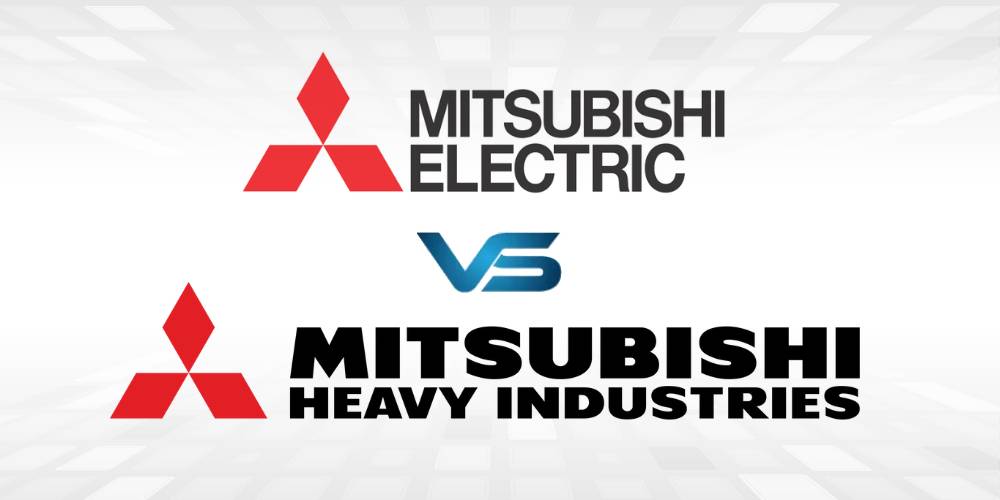
Same Name, Different Game: Which One Keeps Its Cool? 1. The Tale of Two Titans (Mitsubishi Electric vs Mitsubishi Heavy […]
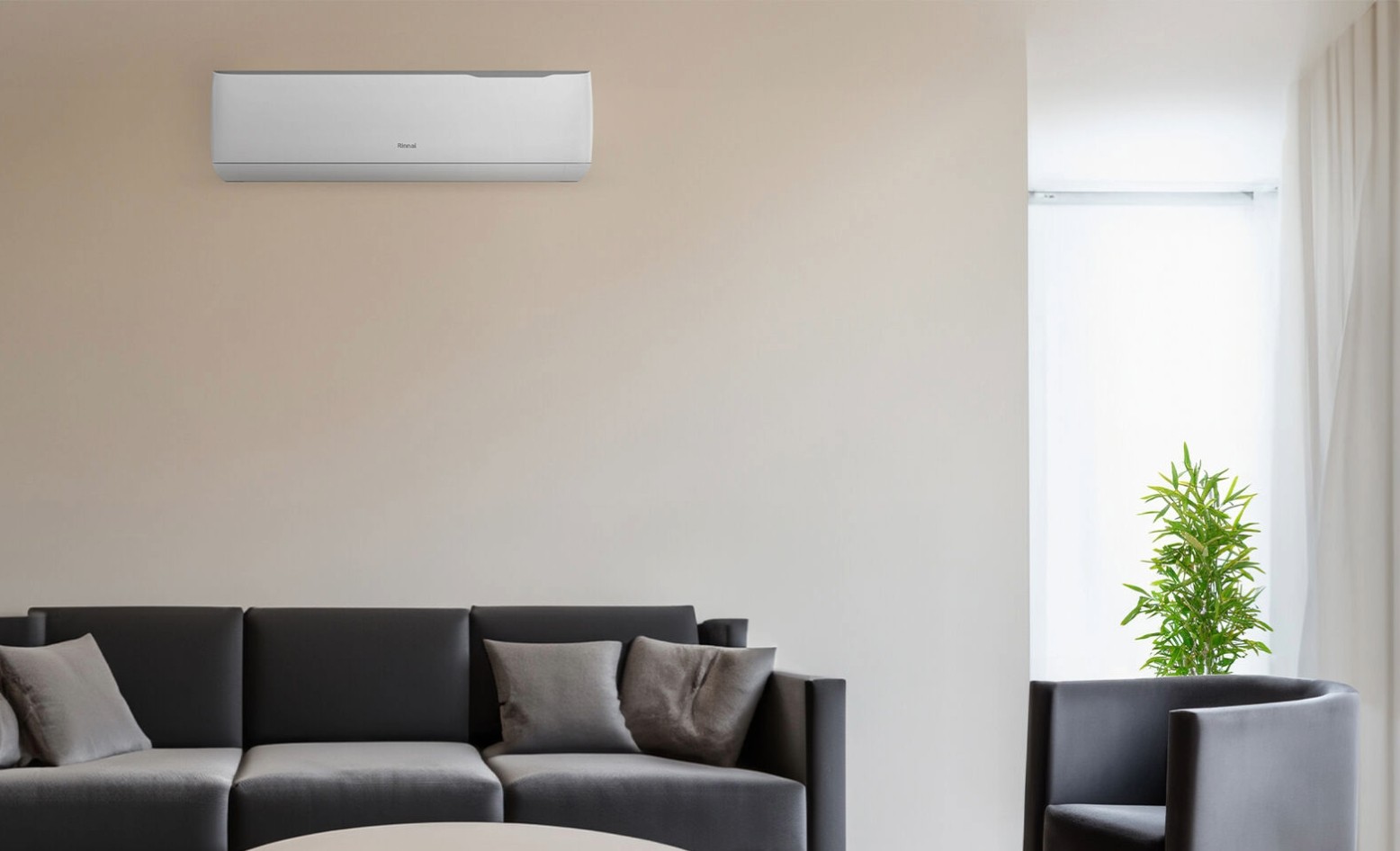
A scorching sun, a broken aircon… and a sweaty nightmare.
Picture this.
It’s the middle of January in Australia. The pavement is melting. The flies are aggressive. And your house? It’s hotter than a toaster in the Sahara.
You flick the aircon remote with desperate hope… and nothing. Or worse, warm air.
That’s when you ask: how good are Rinnai air conditioners really?
Are they powerful enough? Energy-efficient? Worth the money? Or are they just another brand with a shiny brochure?
This guide answers that, in real terms. We explore performance, types, efficiency, costs, warranties, and whether a Rinnai AC will actually help you beat the heat (without beating your wallet).
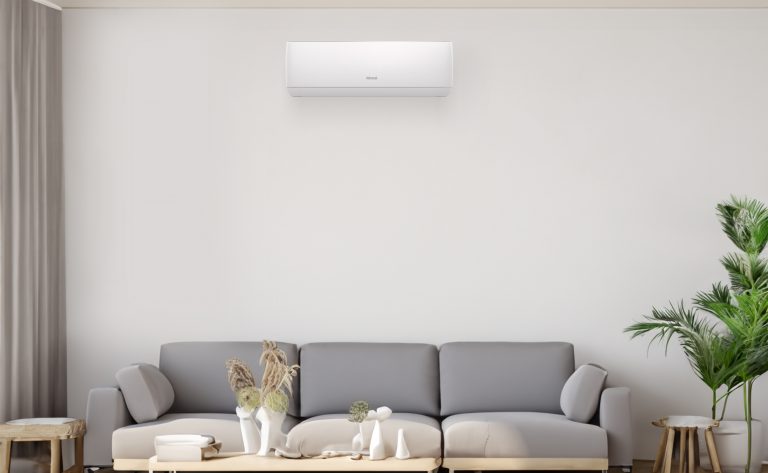
Rinnai is more than just a hot water brand
Rinnai is a Japanese brand that has been a household name in Australia for over 50 years. While it’s best known for its hot water systems, Rinnai has also earned a solid reputation in air conditioning.
Rinnai air conditioners are designed with:
Whether you’re suffering from heatwaves in Adelaide or seeking comfort in cool Melbourne winters, Rinnai has systems that can tailor their performance to suit you.
If you’re like most Australians, you probably spend about 40% of your energy bill on heating and cooling your home.
This is where Rinnai steps in. They have developed a range of air conditioners with smart energy-saving functionality, whilst maintaining the comfort you expect.
Here are some key energy-efficient components of Rinnai air conditioners.
Rinnai offers performance on par with Mitsubishi Electric or Fujitsu but often at a slightly lower price, especially once you factor in rebates and reduced power bills.
The Rinnai range includes something for almost everyone. Whether you live in a studio flat or a multi-zone home, there’s a Rinnai system that fits.
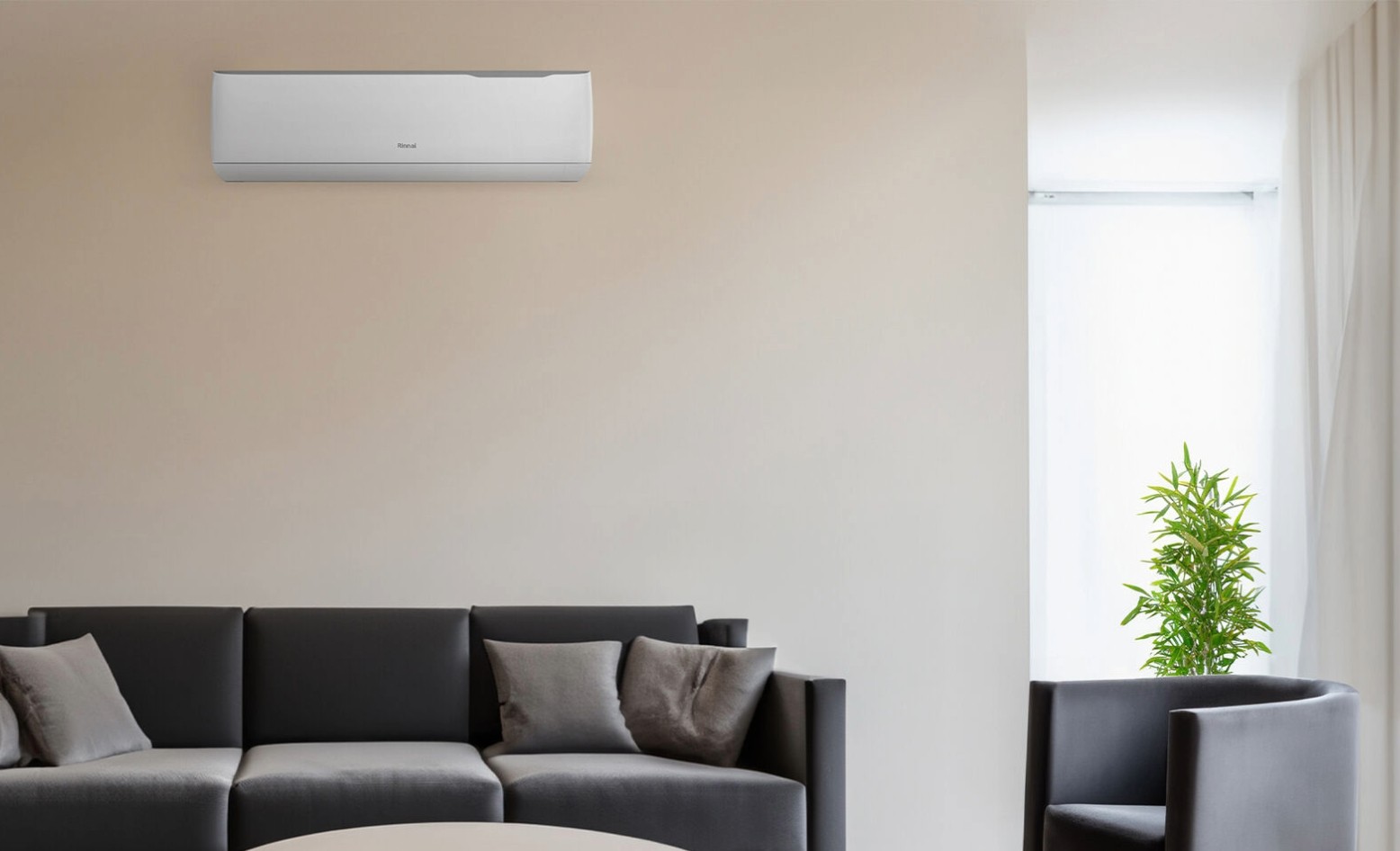
Split systems are perfect for cooling or heating individual rooms or small apartments.
Key features of Rinnai split systems are:
Rinnai’s split system series includes:
✅ C Series: Compact and efficient
✅ D Series: Sleek with modern features
✅ J Series: Reliable, affordable units
✅ Q Series: Higher efficiency and powerful performance
These are ideal for rooms with stable use: bedrooms, studies, or media rooms.
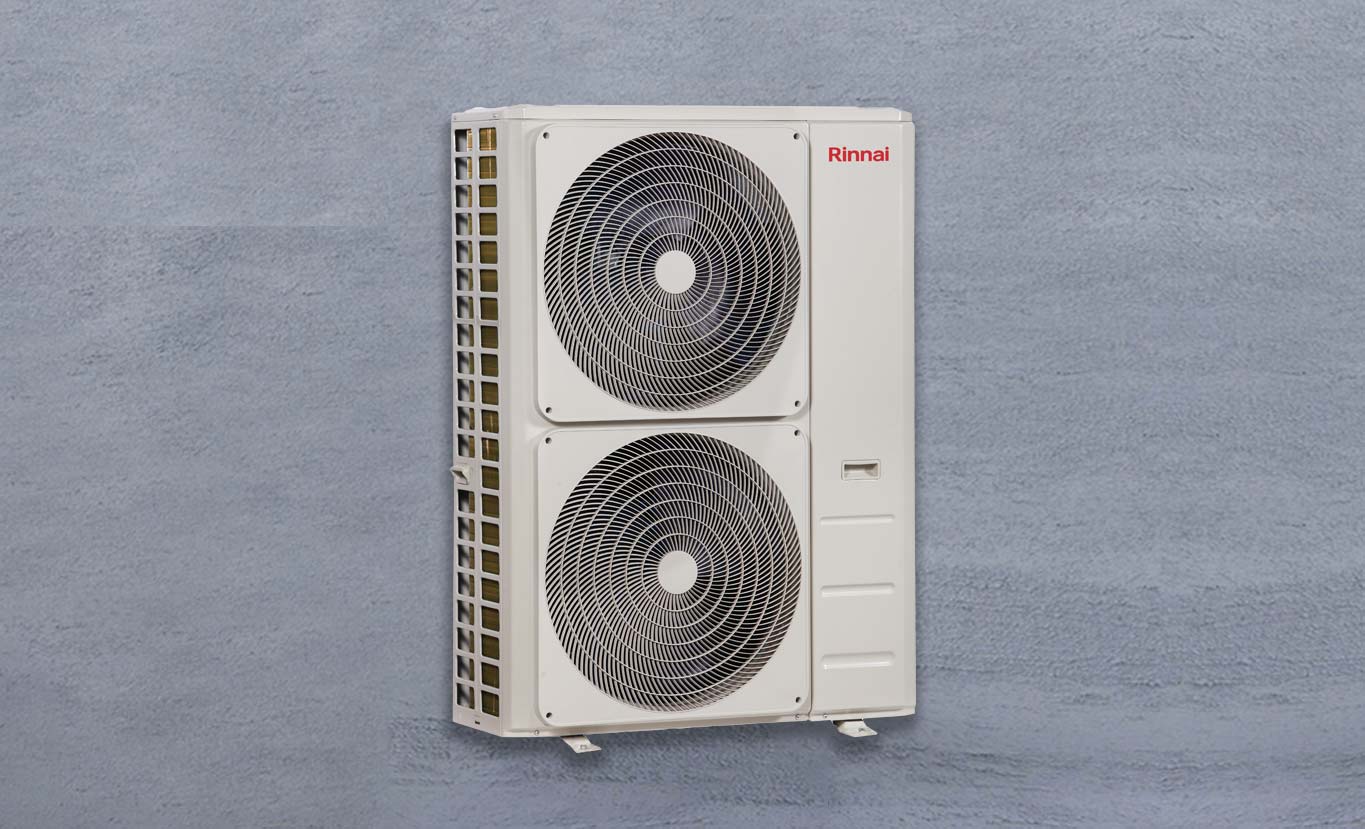
Ducted systems offer whole-home comfort from a single, hidden unit.
Key features of Rinnai ducted systems are:
These are best for medium to large homes with multiple rooms that require consistent climate control. Wi-Fi programming and daily timers make these ducted systems convenient and energy-conscious.
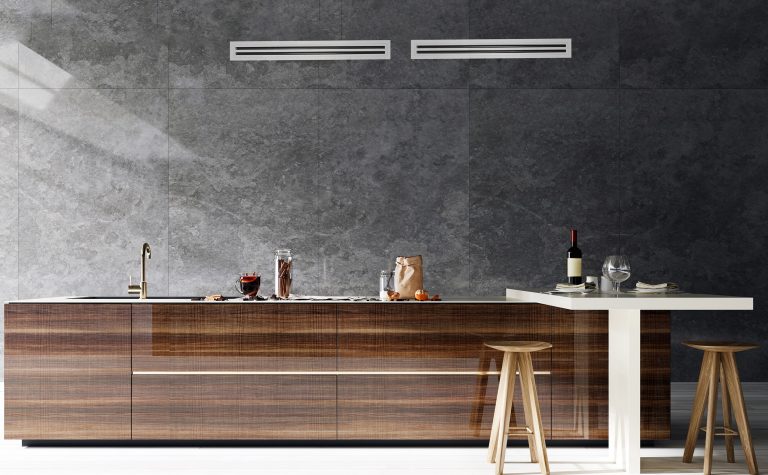
Multi-head systems are ideal for homes where you want to cool or heat multiple rooms but only have space for one outdoor unit.
Key features of Rinnai multi-head split systems are:
If you have a growing family or extended living zones, these units provide flexible comfort.
If you live in a dry climate, evaporative coolers are a natural and cost-effective cooling method. Rinnai offers these through their Brivis brand, known for smart cooling in SA and WA.
Key features of Rinnai evaporative coolers are:
These are ideal for regions like Melbourne, Adelaide, and Perth, but not recommended for humid climates like Queensland.
In addition to fixed systems, Rinnai also offers:
While Rinnai is not a heavy hitter in large-scale commercial systems, their products are excellent for homes and small business spaces.
Prices depend on system type, capacity, and installation complexity.
Typical prices for Rinnai air conditioners in Australia are:
| System Type | Unit Cost Estimates | Installed Price |
| Split Systems | $1,100 – $3000 | Varies by room size |
| Ducted System | $2,700 – $7,200 | $8,000 – $12,000+ |
| Multi-head units | $1,099 – $3,999+ | Varies with the heads |
Installation costs depend on home layout, zone control, ductwork, and wiring.
Rinnai air conditioners may qualify for state and local energy rebates, especially if you install a high-efficiency model.
Some of the rebates available in Australia include:
Eligibility depends on:
✅ Your postcode
✅ The specific Rinnai model
✅ Installation by a licensed provider
✅ The system’s energy rating (not just brand name)
Always check with a certified installer to confirm what rebates apply to you.
Rinnai offers a 7-year warranty on most residential systems. This includes parts and labour for eligible units installed by licensed professionals.
Key warranty features of Rinnai air conditioners are:
If you want a reliable, efficient, and customer-supported air conditioning brand in Australia, Rinnai is a solid option.
What makes Rinnai so good:
After reading the above post on how good Rinnai air conditioners are, you can clearly make up your mind on what your home needs.”
Yes. Rinnai air conditioners are built with inverter technology and high star ratings for energy efficiency.
Most Rinnai air conditioners come with a 7-year parts and labour warranty in Australia.
Yes. Many Rinnai models offer built-in or optional Wi-Fi control via mobile apps.
Yes. Rinnai air conditioners are designed to be quiet from the start, especially the split system air conditioners.
Rinnai recommends that you clean the air conditioner filters every 2 to 3 months.
Yes. They are designed and built to perform under extreme Australian summer heat as high as 52 degrees Celsius.
Definitely, Rinnai offers very affordable air conditioning systems and is known for its reliability, warranty, and local support.
Rinnai has air conditioners that may qualify for government rebates in certain states or energy incentives